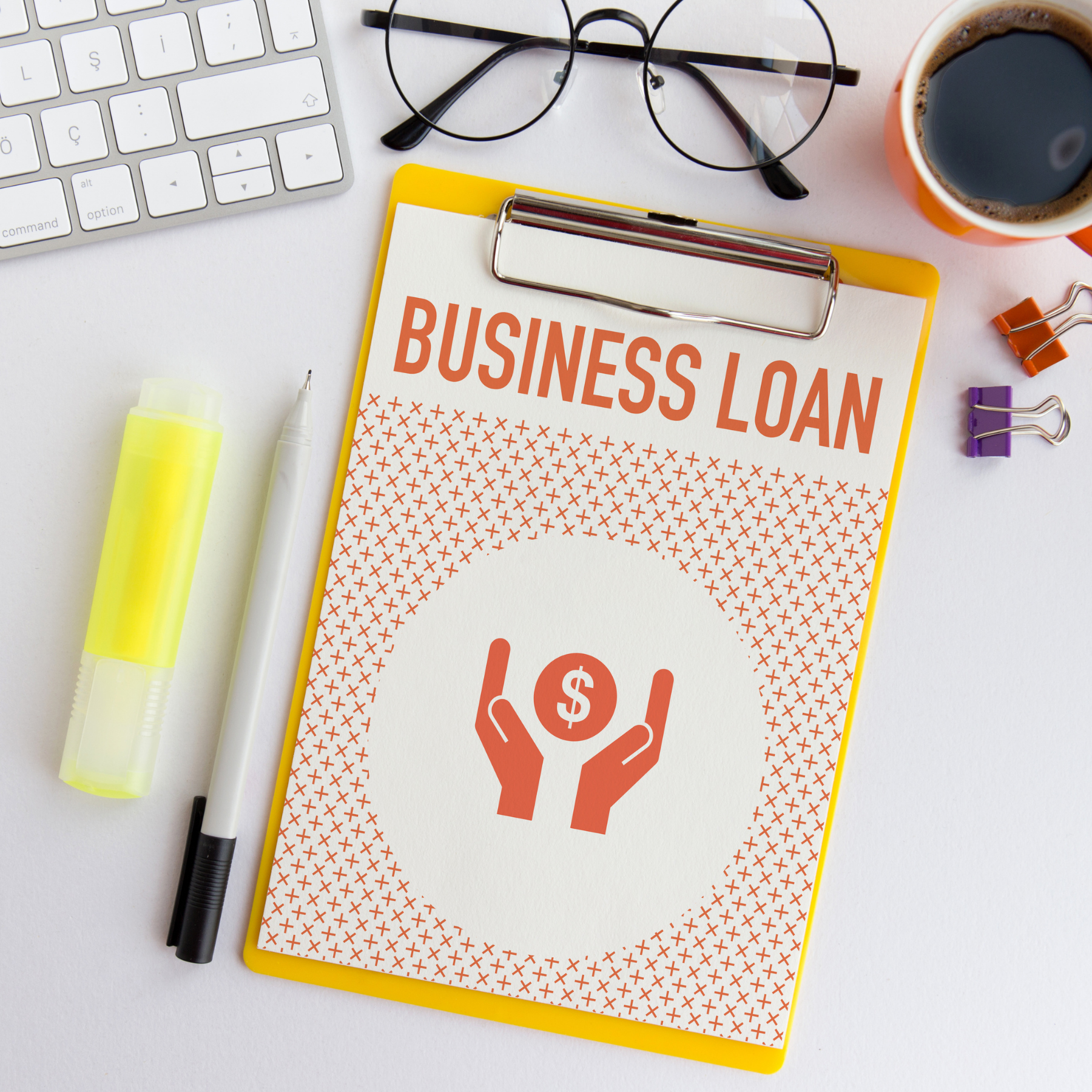If you’ve taken advantage of the COVID-19 Economic Injury Disaster Loan (EIDL), the bills are actually coming due.
Funded by the Small Business Administration (SBA), the EIDL was one of the ways to help small businesses take care of their cash flow needs related to their business operations.
For those businesses that took advantage of this opportunity, the bills are now coming due. They've delayed it several times so there has been some confusion on the due dates.
People have started getting email notifications and the last email notification was around mid-April stating they had deferred payments for another six months.

Here are some things you need to know about when it comes to paying your EIDL:
Tracking Your Loans
Basically, you get an initial round of money, then you could go back and request additional funds because there were more funds available. And if you got approved for additional money, that is essentially a second loan with a second payment.
The deferment was 18 months from the original date you got the loan. So if you had two loans, you actually have two different payments. Each due is then based on when you got that loan.
Also, make sure you have all the paperwork for those loans. Those loans have already started accruing interest from the moment they were entered. Even though the payments were deferred, the interests have not been deferred.
Checking Your Balance
Register over at Capital Access Financial System to be able to check your balance. Download any documents you need to get access to and put them in a safe place in case your accountant or tax pro needs to properly report anything.
When to Start Making Payments
Just because you're in a deferral situation for payments doesn't mean you have to defer. You could always start making payments. In general, it's 24 months after you've received the EIDL loan in your bank.
For our accrual-based clients who report for tax purposes on an accrual basis, make sure you put that accrued interest expense on your income statement. That's an expense for that tax year and you need to know what's accruing because that's impacting your balance on your balance sheet, even though you're not yet booking all that interest if you're a cash basis payor.
Prepayment Penalties
There isn't any pre-pay penalty for sending the money back. There are some penalties for other SBA loan programs to prepay it. But there's no penalty for prepaying the EIDL loan. You can pay it off early, you can even pay some of it off that would help curb some of that interest.
Missing a Payment
Be sure to make your first payment and then consider setting up an auto-draft to make sure you don't miss the payment because they might be forgiving, but they also might not.
Since the interest rates are so low, the payments are extremely reasonable considering its 30-year payment schedule too. So it shouldn't hurt the bank account of small businesses too much if you’re getting ready to book a loan repayment.
Getting Other Loans Aside from the SBA EIDL Loan
One of the conditions of that SBA money is that you understand that they are the priority lender in your business so you need to make sure you ask permission before you acquire other debt.
If you want to learn more about EIDL and paying your SBA loan, check out Episode 090: Paying For Your SBA COVID-19 Economic Injury Disaster Loan.
